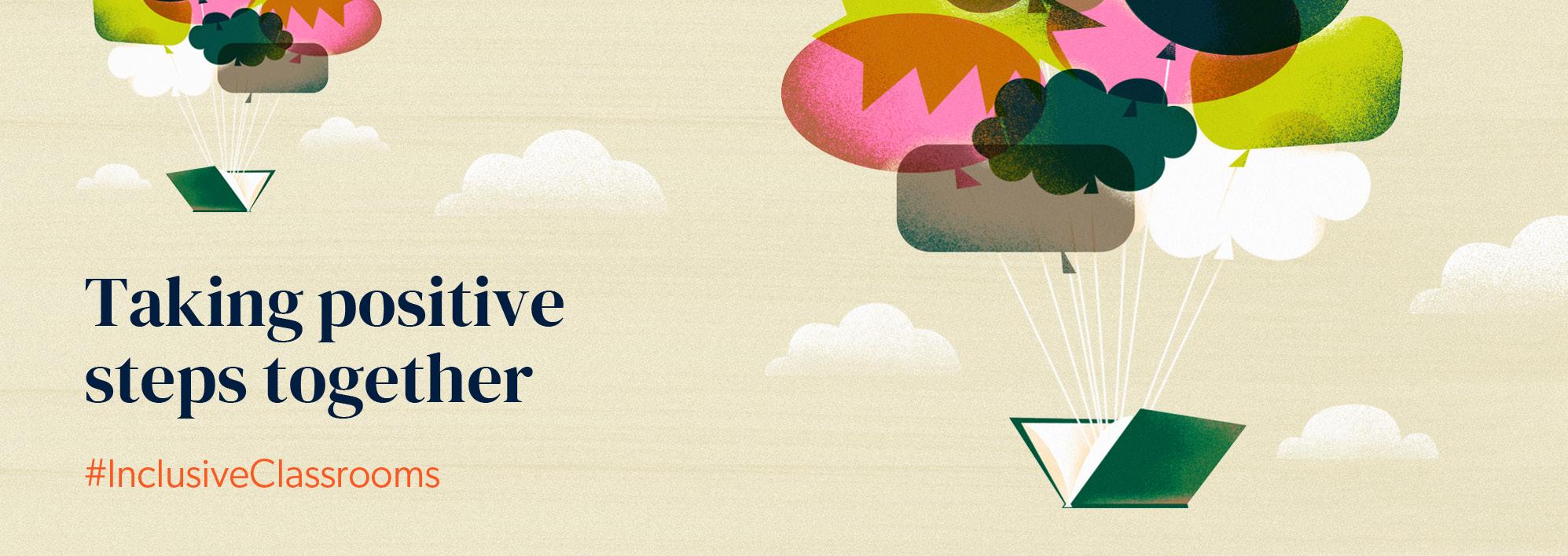As a new history Head of Department in 2018, one of my key priorities was to increase representation in our curriculum. I was inspired by a long tradition of discussing diversity in history education, and also by the range of exciting new work being produced at the moment I started my new job.
One key aspect of current discussions of representation in the history curriculum are the ideas motivating teachers. Along with others, I have made the argument that while this work can be hugely important in helping students feel that they have a stake in the subject, it also has enormous potential to improve the quality of the historical education we offer all of our students, regardless of the topic being discussed.
Widening the range of stories we tell in our curriculums to include those which have traditionally been neglected, such as the histories of women, ethnic minorities, the LGBTQ+ community, and the working class, allows us to give our students a much richer sense of what was possible in the world of the past and therefore to represent it more fully. I have also found that increasing representation has really helped to improve my students’ historical thinking, leading them to approach the key questions posed to them with multiple perspectives in mind.
While navigating the usual pressures of a school year (and a pandemic) my department has sought to work on our curriculum with representation in mind, using two key approaches, that you might find useful when considering your own curriculum.
1. Routine representation
As a department in a sixth-form college, one of the main challenges we have to navigate is to work on representation while meeting the demands of the exam specifications. In order to tackle this, we’ve made use of an approach that I call ‘routine representation’, i.e. finding the places in our existing curriculum where representation is likely to enhance students’ historical thinking.
One way this can be done is by including the stories of key individuals and groups, which has proved especially useful in our British Empire course. In one case, our students were struggling to find a counterargument to an interpretation that stated that the Empire was very popular with the British public in the interwar period. At this point I went away and consulted current scholarship which provided me with examples of opponents such as Shapurji Saklatvala, Sylvia Pankhurst and the League Against Imperialism. Representing these stories gave my students the tools they needed to tackle the question at hand more effectively, and also gave them a broader picture of public opinion in the period. This approach has also been taken with our other courses, for example by improving the representation of women in our French Revolution course in order to give students a more complete sense of who was politically active.
A lot of the nervousness around taking this approach to representation centres on the fear of tokenism. However, it can be hugely effective; I have found the key to meaningful representation is not to start with a list of people or groups you have already decided to represent, but to begin by considering where the places in your curriculum are where representation will be really effective in giving students a richer sense of period or improving their historical thinking.
2. Deep representation
The main area of the KS5 curriculum where our department has an opportunity to totally re-frame our curriculum with representation in mind is in the planning we have done for the coursework element. Here we are in the process of devising a scheme of work that makes neglected histories the focus of attention.
The enquiry question that will guide the preparatory teaching for this part of the course is ‘How far were the positions of women, the LGBTQ+ community and black people in Britain transformed during the late 19th and 20th centuries?’ This enquiry is designed to give students the knowledge they need to select an NEA question focusing on the experience of one of these groups.
The aim is for our students to look at the 20th century in Britain through a different lens: telling an alternative story to the traditional narrative of wars, economic changes and political shifts. We also hope that it will allow them to engage in big historical questions about ‘progress’, how it occurs (if it does) and why members of different groups might experience it differently, as well as giving them the opportunity to encounter evidence and interpretations that they might not previously have engaged with during their historical education.
Representation is always going to be an ongoing project. The world of the past is vast, complicated and diverse and so are the opportunities for representing it in the curriculum. This is, however, meaningful and important work to make a start on!
Claire Holliss is currently Head of History and Classical Civilisation at Reigate College, a sixth-form college in Surrey. One of hermain interests is the representation of neglected histories in the curriculum and she has presented on this subject for the Curricularium and is currently writing an article on the topic for the Historical Association’s journal, Teaching History. Claire has a particular focus on the representation of women’s history and LGBTQ+ history and has participated in the Historical Association’s project for the centenary of partial suffrage for women and hasdelivered CPD on teaching LGBTQ+ history for the Historical Association, the School’s History Project and in collaboration with Hodder Education.

